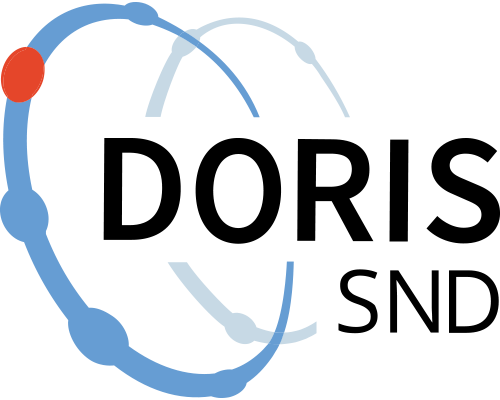Documentation of the Bantu language Mpiemo of the Central African Republic (A86c)
https://doi.org/10.5878/65v1-8m27
The overall aim of the study has been to document and preserve the minority language Mpiemo as well as to analyse it from a linguistic perspective. The language is spoken in some regions of the Central African Republic and Cameroon. The language is classified as A86c according to the Guthrie system and has approximately 29,000 speakers. When the project started there was a translation of the four gospels with a French-based orthography, but no other texts. The documentation has spanned several projects from 1998 onwards and has resulted in, amongst other things, a number of articles on Mpiemo phonetics, phonology, morphology as well as the publication of recorded speech together with transcripts and annotations and texts about the local wild plant life.
Purpose:
The purpose of the project has been to document and linguistically analyse the Central African language Mpiemo by means of varying subprojects.
The material consists of:
- Trilingual word list Mpiemo-French-English containing roughly 1,900 words and grammatical information like word class and noun class. The word list is an updated and extended version of the unpublished lists put together by Laurent Wanabetsina, Keith Beavon and Nkali Lazaro Mbaro (1986) and Lydia Lundström (197?). For the updates a number of native Mpiemo speakers, among others Abel Mabessimo and Zacharie Metekouli, have been consulted. They spoke the Mpiakoumbo and Kwabili dialects. The words in this list are phonological transcriptions. The dataset consists of the word list in an Excel file and sound recordings of the words.
- The phonological system of the Bantu language Mpiemo (A86c) features a combination of nasals and stops both word-initially and medially. These nasals are phonetically more or less opaque. The question is whether these nasals should be interpreted as phonemes of their own or as a prenasalisation of the following stop. The recordings in this dataset form the basis of (acoustic) phonetic studies of this question. The study also takes into account the morphological function of the nasal and the syllabic structure in Mpiemo.
- Recordings of several texts. Matthew chapter 8 is read by a Mpiemo speaker (Mathurin Mpatoumbo). There are also PDF files of the text which follow the translation made by Gilbert Ankouma, Joseph Apang and Lydia Lundström (1978).
The fable Mpi na kubɔ (The dog and the hen) was written down by a native speaker of Mpiemo (Jean-Charles Ankouma) and was then edited together with him and another person (Mathurin Mpatoumbo). The fable was then recorded. Both a sound recording and a transcript with annotation are available.
There are also some proverbs collected by Mathurin Mpatoumbo. They are only available as sound recordings. The proverbs are translated into the Sango language but not into French. The reason for this is that they exist in the Sango culture but not in the French.
- Recordings of elicitation sessions that deal with vowel quality, vowel quantity and tones.
- Recordings of elicitation sessions that deal with stops and implosives.
Documentation files
Documentation files
Citation and access
Citation and access
Data access level:
Creator/Principal investigator(s):
- Christina Thornell - University of Gothenburg - Department of Languages and Literatures
Research principal:
Data contains personal data:
Yes
Citation:
Method and outcome
Method and outcome
Data collection
Data collection
Geographic coverage
Geographic coverage
Administrative information
Administrative information
Topic and keywords
Topic and keywords
Relations
Relations
Publications
Publications
Versions
Versions
Metadata
Metadata
Versions
Versions
